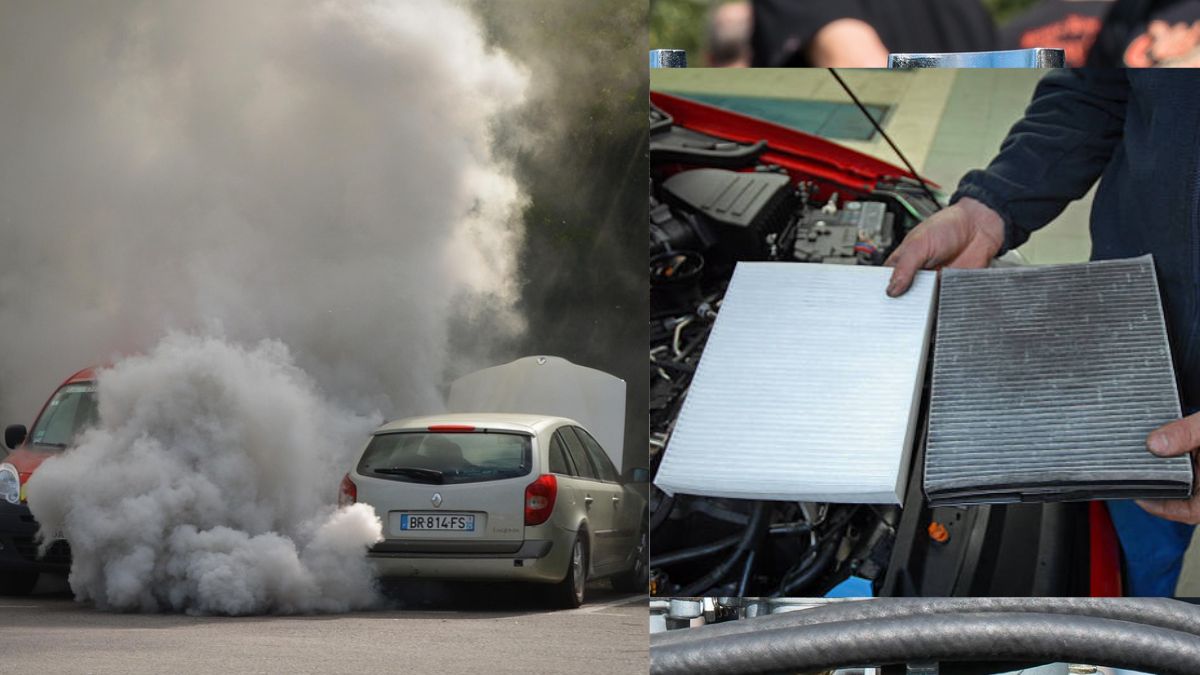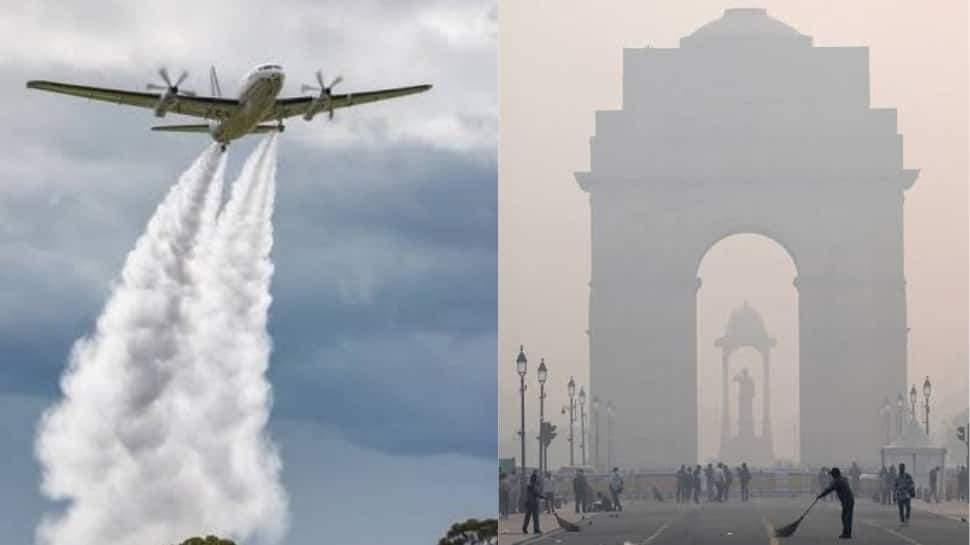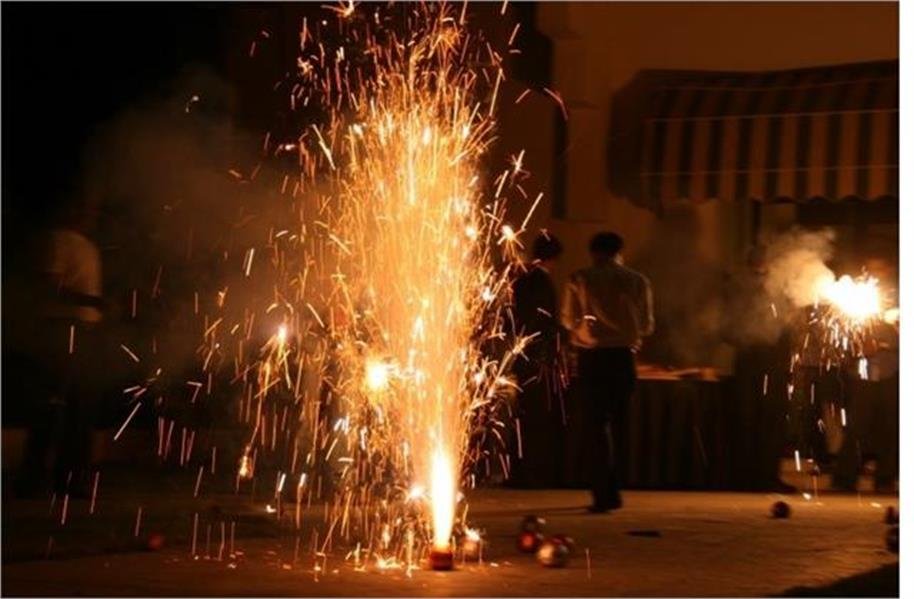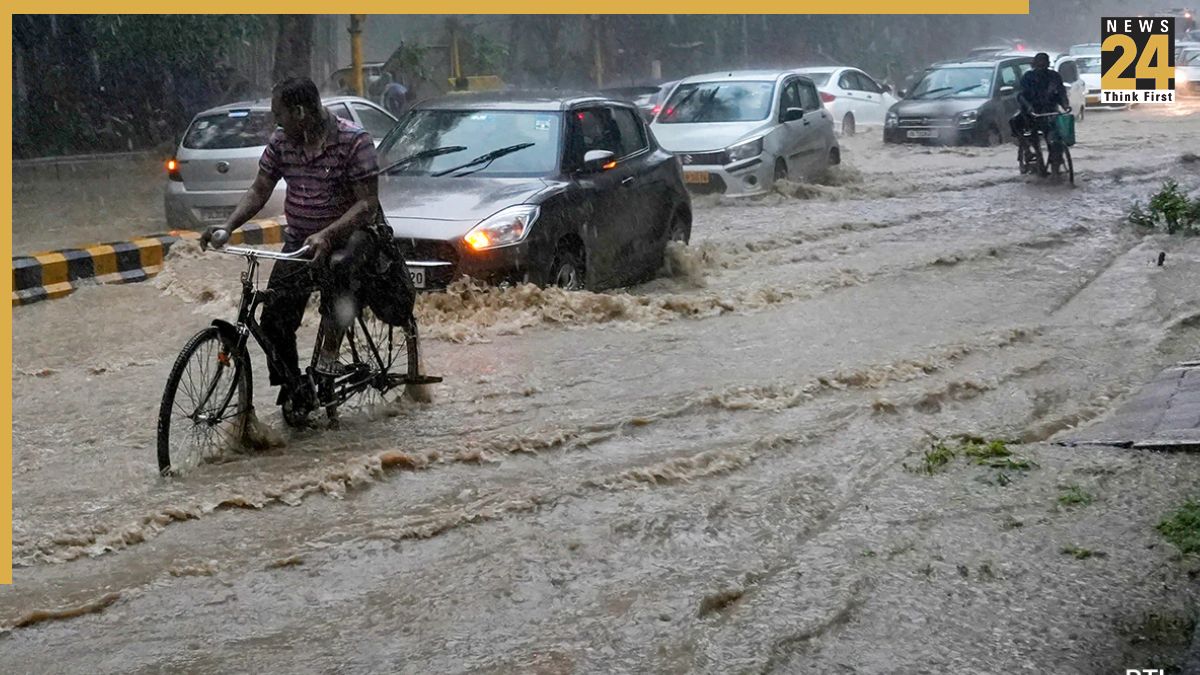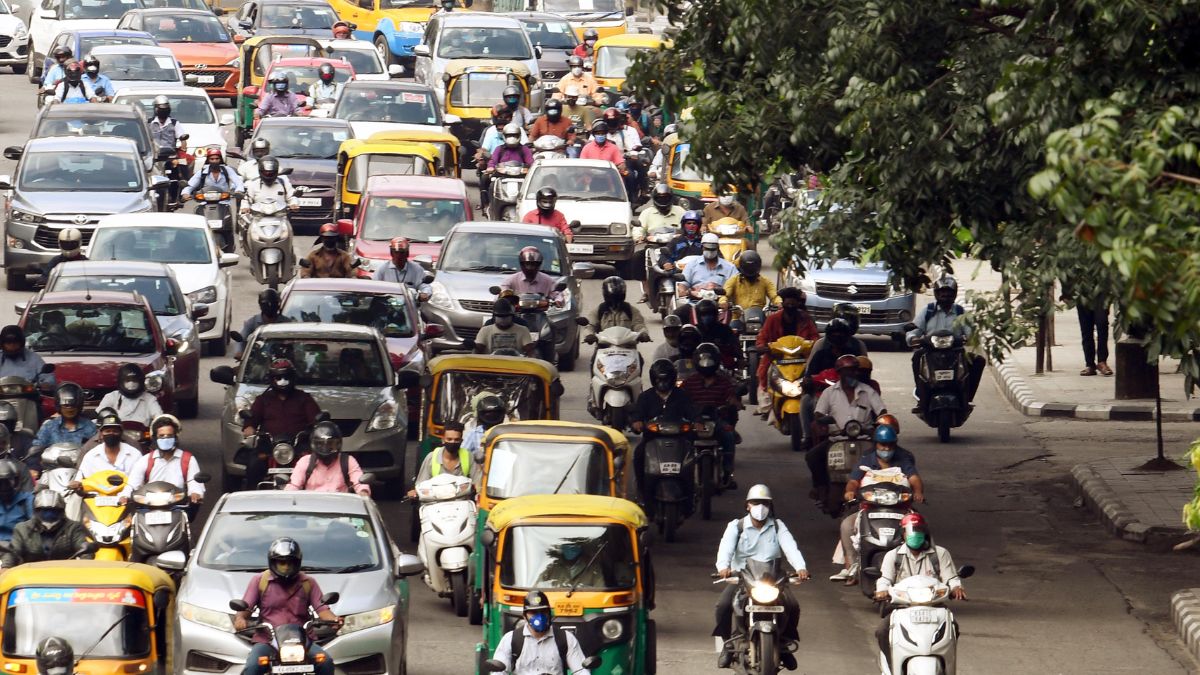Subscribe to Updates
Get the latest creative news from FooBar about art, design and business.
Browsing: Air Quality
Following a month of heavy rainfall, Delhi anticipates a shift in weather patterns. The India Meteorological Department (IMD) forecasts thundershowers for Monday,…
The monsoon season, though bringing a dip in temperatures, often necessitates the use of coolers due to the prevailing humidity. However, medical…
Sleeping in a car can seem comfortable, but it can also be deadly, particularly when the air conditioning is running. This fact…
The Delhi government has suspended its policy restricting fuel sales to older vehicles following public backlash. The initial plan, set to begin…
The Delhi government has temporarily suspended the directive preventing fuel sales to End-of-Life (EOL) vehicles within the city. This decision follows a…
The Delhi government is set to begin seizing older vehicles from July 1st that have exceeded their permissible age limit. This initiative,…
Following an improvement in air quality, the Commission for Air Quality Management (CAQM) has withdrawn Stage-I of the Graded Response Action Plan…


